Corsair revamped the affordable RMe line, with ATX v3.1 compliant units. I will evaluate the third stronger model of the line, with 750W max power, in this review.
The Corsair RM750e ATX v3.1 is (or will be) included in my best ATX v3.x & PCIe 5.x PSU picks article.
The entire RMe line is certified by Cybenetics, with the 750W model achieving a Cybenetics Platinum efficiency rating and a Cybenetics LAMBDA-A+ noise rating, meaning that its average noise output is within 15-20 dBA.
The new RMe units have native 12V-2×6 sockets to meet the Intel ATX v3.1 and PCIe 5.1 standards. Their embossed cables have low-profile combs to make cable management easier and to look nicer, too. A relatively loose speed profile drives the 120mm rifle bearing fan to keep noise output low. Lastly, the PSU’s dimensions are compact, thanks to the restricted depth of the chassis, at 140mm.
A notable price gap exists between the 750W, 850W, and 1000W models.
ATX v3.1 750W PSU Reviews:
- 1st Player NGDP 750W PSU Review
- ASUS TUF Gaming 750W Bronze PSU Review
- Corsair RM750x ATX v3.1 PSU Review
- Cooler Master GX III 750W ATX v3.0 PSU Review
- DeepCool PN750D ATX v3.1 PSU Review
- Enermax Revolution D.F.12 750W PSU Review
- FSP VITA GM 750W ATX v3.1 PSU Review
- Seasonic Focus GX-750 V4 ATX v3.1 PSU Review
- Sharkoon Rebel P20 750W ATX v3.1 PSU Review
- Thermaltake Toughpower PF3 750W PSU Review
- Thermaltake Toughpower GF A3 750W PSU Review
- Thermaltake Toughpower GF3 ARGB 750W PSU Review
- Thermaltake Toughpower SFX 750W Gold PSU Review
- Thermaltake Toughpower GF3 750W ATX v3.0 PSU Review
- XPG Core Reactor II VE 650W PSU Review
- XPG KYBER 750W ATX v3.1 PSU Review
- XPG Core Reactor II VE 750W PSU Review
- Manufacturer (OEM): HEC
- Max Power: 750W
- Cybenetics Efficiency: [115V] Cybenetics Platinum (88.978%), [230V] Cybenetics Platinum (91.236%)
- Noise: Cybenetics A+ (15-20 dB[A])
- Compliance: ATX v3.1, EPS 2.92
- Operating Temperature (Continuous Full Load): 0 – 50 °C
- Alternative Low Power Mode support: Yes
- Power 12V combined: 750W
- Number of 12V rails: 1
- Power 5V + 3.3v: 110W
- Power 5VSB: 15W
- Cooling: 120mm Rifle Bearing Fan (HA1225H12SF-Z)
- Semi-Passive Operation: ✓
- Modular Design: Yes (Fully)
- High Power Connectors: 2x EPS (2x cables), 3x PCIe 6+2 pin (2x cables), 1x PCIe 12+2 pin (600W)
- Peripheral Connectors: 6x SATA (2x cables), 2x 4-pin Molex (1x cable)
- ATX Cable Length: 600mm
- EPS Cable Length: 740mm
- 12+4 pin PCIe Cable Length: 640mm
- 6+2 pin PCIe Cable Length: 650mm
- Distance between SATA / 4-pin Molex: 100mm
- In-cable capacitors: No
- Dimensions (W x H x D): 150 mm x 85 mm x 140mm
- Weight: 1.50 kg (3.31 lb)
- Warranty: 7-years
- MSRP (excluding VAT): $100
Power Specifications
| Rail | 3.3V | 5V | 12V | 5VSB | ||
| Max. Power | Amps | 20 | 20 | 62.5 | 3 | |
| Watts | 110 | 750 | 15 | |||
| Total Max. Power (W) | 750 | |||||
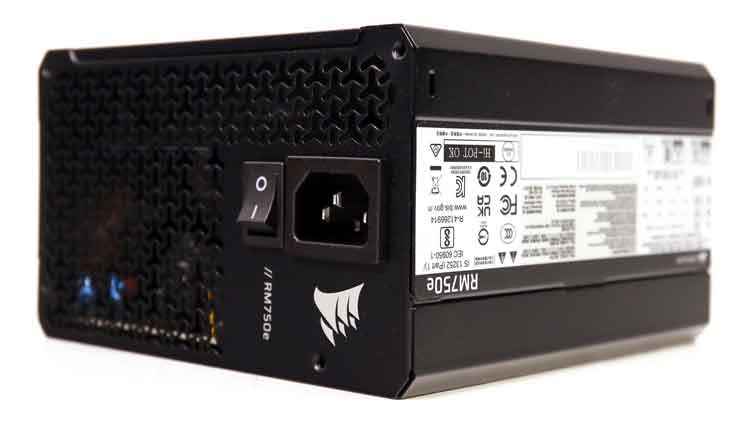
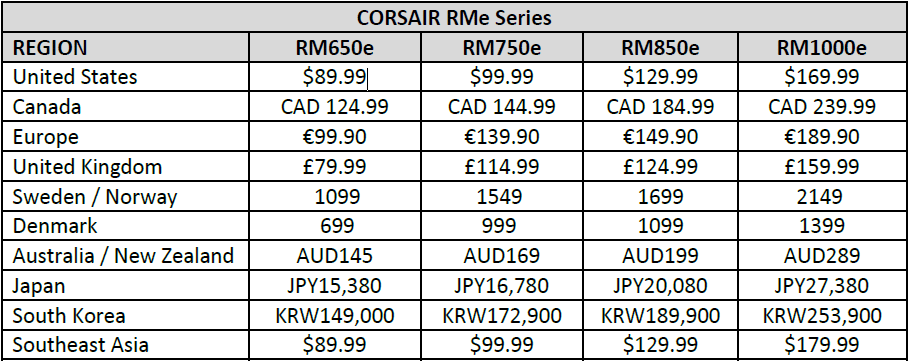
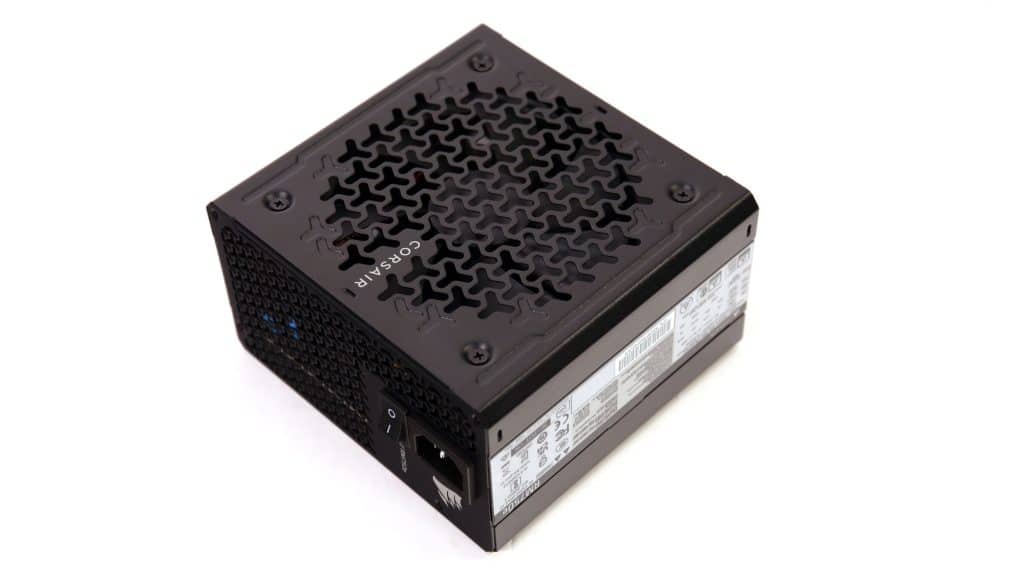
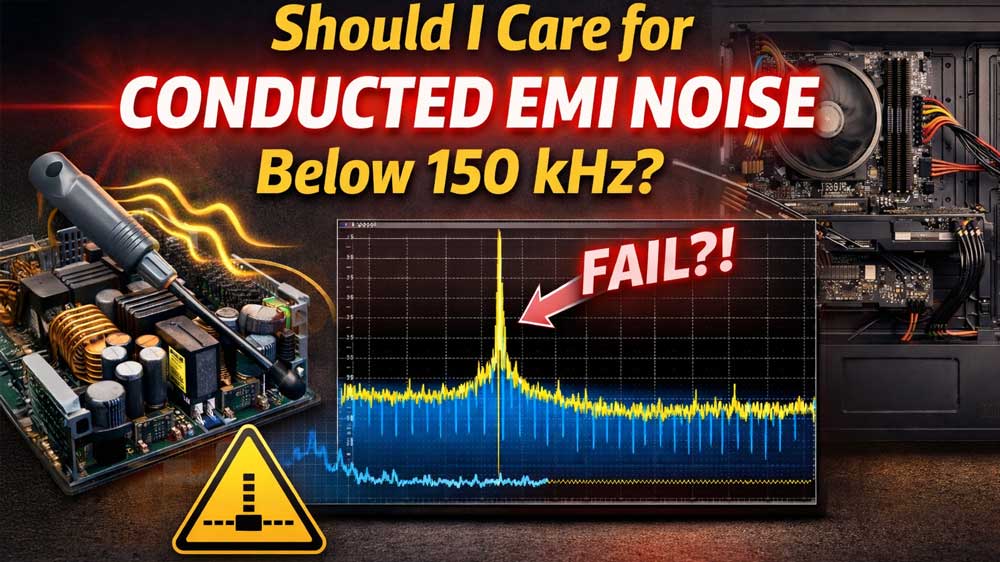
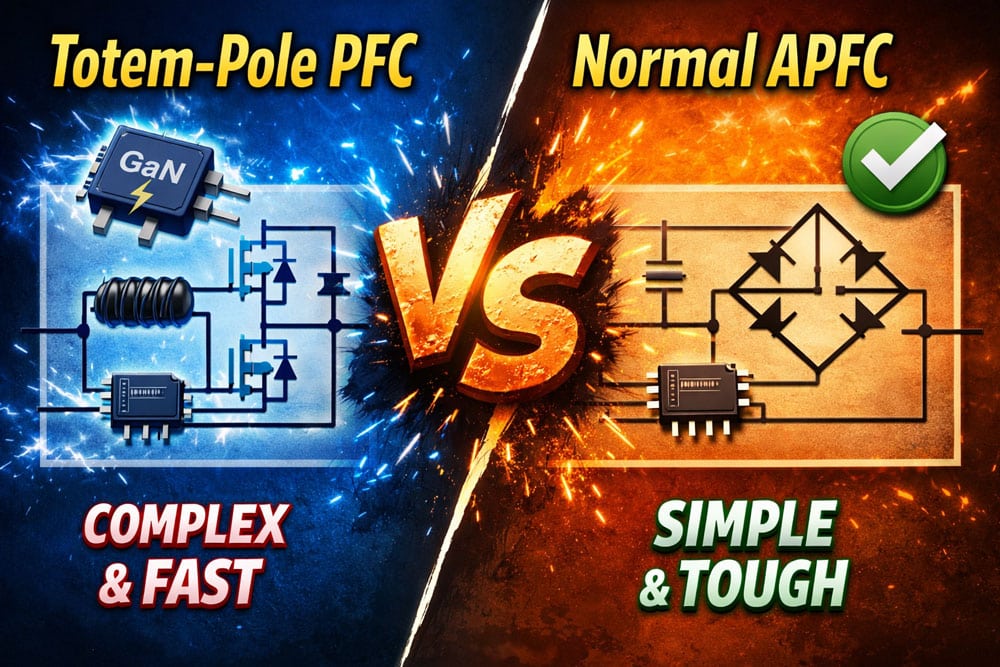
Hmm good to see I could have bought a much better PSU then this one for €100 which I think is way too much for a PSU of this type. In a hurry so much I thought this was the successor of the RM750X especially because it’s ATX 3.1 and that suddenly matters now that it’s coming out that PSU suppliers did not produce PSU’s that were up to specs. I say buy the cheaper ones because PSU manufacturers stopped caring about airflow in the PSU’s, something that was unthinkable years back.
Switching PSU’s need airflow/cooling when more then 150w needs to be supplied period. A spinning fan is the only thing that can supply airflow because convection cooling (like in amplifiers) is not possible in an ATX PSU. You could place the ATX PSU outside of the system and put a spinning fan on top of it. I do that. That’s the ONLY solution but that will not happen because folks adore especially the looks of the systems they’ve build and worship every part of it. Sleep well PC lovers knowing your overheated PSU will die while it has the potential to take every electronic part of the computer it feeds with it and more…..
I’ve seen switching PSU’s in copying machines die with a bang loud as loud as an illegal fire cracker. Faulty firmware overloaded the high capacity condensator to the point of explosion. Short them while bulging, and being overloaded, and the aluminum shell can punch a crack in the wall or take out an eye. That’s the amount of power they hold. Those PSU’s are six times the size of the ATX PSU board that feeds a PC. They have LARGE and heavy heat sinks for the power transistors. An office building that burns down because of them makes the news big time. It won’t happen because these PSU have been produced with safety in mind.
The PSU in your gaming PC on the other hand produces the same amount of power, have tiny, mini sized, heat sinks and no spinning or a too slow spinning fan so it overheats. Meanwhile the PSU manufacturers expect you to use their garbage for 10 years. That’s how much they care about your house. And that’s why it might be safer to buy a “moderate quality” (because the expensive ATX PSU’s have no better safety profile) and replace the dangerous thing within 5 years especially when the PSU stays on all the time. Those who do the latter should at least pull the power cord when leaving home.